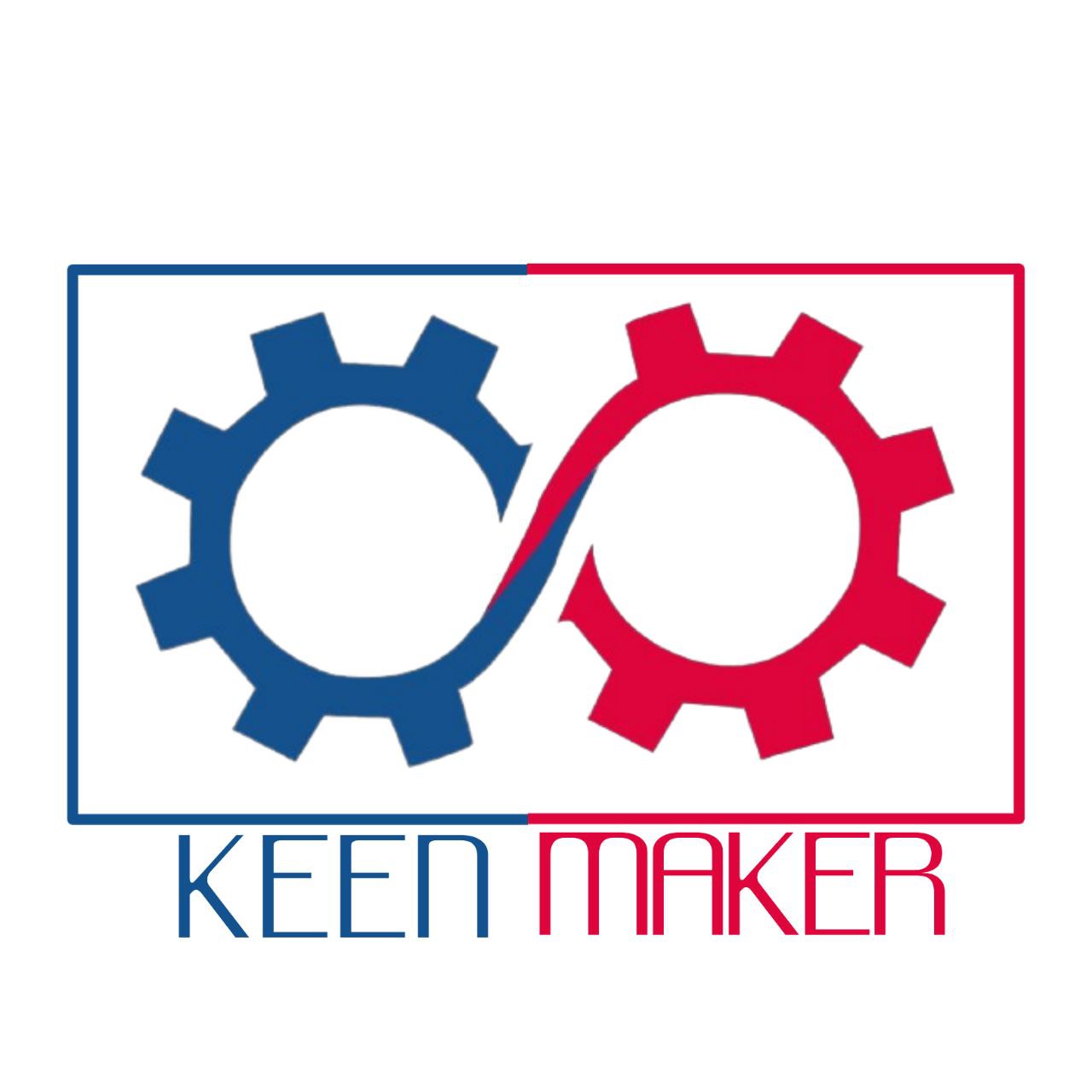
The intersection of technology and gastronomy has given rise to a groundbreaking innovation: 3D printing of food. This cutting-edge technology is set to revolutionize the culinary world by offering unprecedented possibilities for customization, sustainability, and nutrition. In this article, we will explore the transformative impact of 3D printing on food, its applications, benefits, and the exciting future it promises.
Table of Contents
What is 3D Printed Food?
3D printed food is created using additive manufacturing technology, where layers of edible ingredients are deposited in precise patterns to form intricate and customized dishes. This technology leverages digital designs and computer-aided manufacturing to produce food items that can range from simple shapes to complex, multi-ingredient creations.
How Does 3D Food Printing Work?
The process of 3D food printing involves several key steps:
- Design: A digital model of the desired food item is created using CAD software.
- Preparation: Edible ingredients, often in the form of purees, pastes, or powders, are prepared and loaded into the printer cartridges.
- Printing: The 3D printer deposits the ingredients layer by layer, following the digital model to create the final product.
- Finishing: Post-printing processes such as baking, cooling, or adding additional elements complete the culinary creation.
Applications of 3D Printing in the Culinary World
3D printing technology offers a wide range of applications in the culinary world, from innovative dining experiences to addressing global food challenges.
Customized Culinary Creations
- Personalized Nutrition: Tailor meals to individual dietary needs and preferences, ensuring optimal nutrition.
- Artistic Presentation: Create intricate and visually stunning dishes that enhance the dining experience.
Sustainable Food Production
- Reducing Food Waste: Utilize food byproducts and less desirable ingredients by transforming them into appealing dishes.
- Alternative Ingredients: Incorporate sustainable ingredients such as insect protein or algae into printed foods.
Functional Foods
- Fortified Foods: Enrich food with vitamins, minerals, and other nutrients to address specific health needs.
- Medical Diets: Develop customized meals for patients with dietary restrictions or medical conditions.
Space Exploration
- Astronaut Nutrition: Provide astronauts with customized, nutritious meals that can be easily prepared in space.
Benefits of 3D Printing Food
The adoption of 3D printing technology in the culinary world offers numerous benefits that can transform how we produce and consume food.
Precision and Customization
3D printing allows for precise control over the ingredients and their arrangement, enabling highly customized culinary creations. This precision ensures that each meal can be tailored to individual dietary requirements and aesthetic preferences.
Innovation and Creativity
Chefs and food designers can push the boundaries of culinary art, experimenting with new textures, shapes, and flavor combinations that were previously unattainable with traditional cooking methods.
Efficiency and Sustainability
By optimizing ingredient usage and reducing food waste, 3D printing contributes to more sustainable food production practices. Additionally, it can help in creating alternative food sources that are environmentally friendly.
Enhanced Nutrition
3D printing enables the creation of functional foods that are fortified with essential nutrients, offering tailored solutions for improving public health. It also allows for the development of specialized diets for individuals with specific health needs.
Challenges and Considerations
While 3D printing technology holds great promise for the future of food, there are several challenges and considerations to address.
Technical Limitations
The technology is still in its early stages, and there are limitations in terms of the types of ingredients that can be used and the complexity of the dishes that can be created. Advancements in printer capabilities and ingredient formulations are needed to expand the possibilities.
Cost and Accessibility
Currently, 3D food printers and the associated ingredients can be expensive, limiting their accessibility to high-end restaurants and research institutions. Wider adoption will require reducing costs and improving the availability of affordable printing systems.
Regulatory and Safety Concerns
Ensuring the safety and quality of 3D printed food is critical. Regulatory frameworks must be developed to address food safety, ingredient sourcing, and labeling requirements.
Consumer Acceptance
Educating consumers about the benefits and safety of 3D printed food is essential for widespread acceptance. Overcoming skepticism and demonstrating the value of this technology in everyday life will be key.
The Future of 3D Printed Food
The future of 3D printed food is filled with exciting possibilities, driven by ongoing advancements in technology and growing interest from the culinary and food industries.
Advancements in Technology
- Multi-Ingredient Printing: Developing printers capable of handling multiple ingredients simultaneously to create more complex dishes.
- Speed and Efficiency: Improving the speed of printing processes to make 3D food printing more practical for everyday use.
- Ingredient Innovations: Expanding the range of printable ingredients, including plant-based alternatives and lab-grown meats.
Mainstream Adoption
- Home 3D Printers: As costs decrease and technology improves, home 3D food printers could become a common kitchen appliance, enabling consumers to create customized meals at home.
- Restaurant Integration: More restaurants may adopt 3D printing technology to offer unique dining experiences and customized menu items.
Global Impact
- Addressing Food Insecurity: 3D printing could play a role in addressing global food challenges by creating sustainable and nutritious food solutions.
- Space and Remote Environments: Providing reliable and nutritious food options for space missions, military operations, and remote locations.
3D printing is poised to revolutionize the culinary world, offering innovative solutions for customization, sustainability, and nutrition. As technology advances and becomes more accessible, the possibilities for 3D printed food are limitless. From personalized meals and artistic creations to sustainable production and space exploration, 3D printing is set to transform how we produce and consume food, paving the way for a more innovative and sustainable future.
